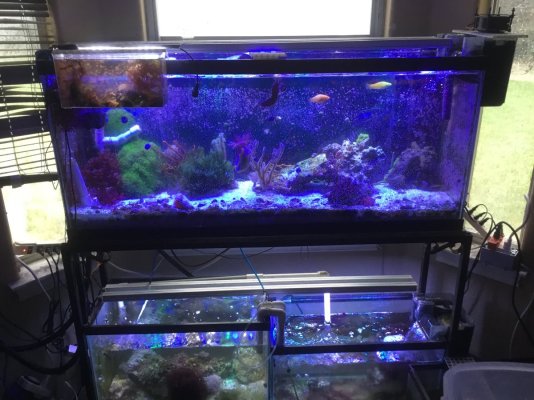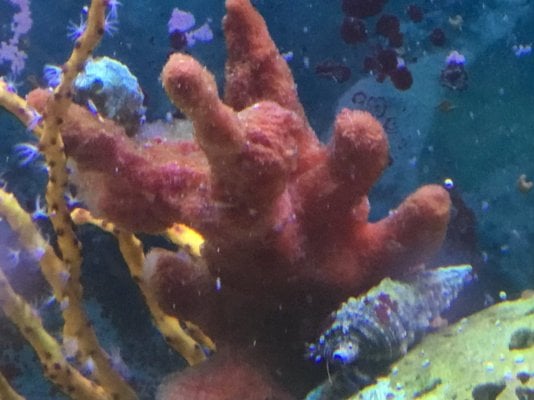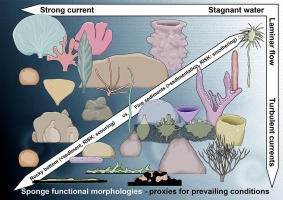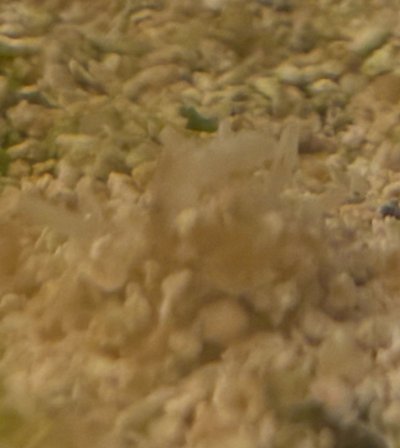I dusted off 2003 Reef Invertebrates book by Anthony Calfo & Robert Fenner to write this thread. I had just returned from a Marsh Conference in Pittsburg where I meant, Anthony Calfo, Danna Riddle and Eric Borneman, who I flew back to Houston with.
Fast forward to April 2023, Angel Cegarra book Reefkeeping Fundamentals best describes the need for diversity with this paragraph in his introduction:
“In this environment there is a gigantic network of nutrient transfer and recycling, which has been consolidated over millions of years and functions with an efficiency superior to the most elaborate human engineering. All functions are performed by different species and none is indispensable; the absence of some provides opportunities for others. The waste products of some are food for others and nothing is wasted. It is a dynamic system with numerous elements of redundancy, which has allowed reefs to survive the five mass extinctions that have occurred on Earth. This complex network underpins the robustness and stability of coral reefs.”
Because I am not “Sponge Bob” who dialogues with fellow sponges, I emulate Nature by creating a Caribbean lagoon bio-theme where ornamental sponges flourish.
This 55G is 3 years mature and was moved 3 months ago to this location to allow some remodeling. I am in the middle of several remodeling projects that make ascetics difficult. Display has red tree, elephant ear and red encrusting sponge. Also in display are sea apples, cucumbers, flame scallops and several feather dusters. Deep water NPS gorgonions alongside of light loving gorgonions and pulsing Xenia along with ornamental macros.
Reverse flow ug filter and canister filter are used as cryptic refugiums for biological recycling of POC & DOC.

Fast forward to April 2023, Angel Cegarra book Reefkeeping Fundamentals best describes the need for diversity with this paragraph in his introduction:
“In this environment there is a gigantic network of nutrient transfer and recycling, which has been consolidated over millions of years and functions with an efficiency superior to the most elaborate human engineering. All functions are performed by different species and none is indispensable; the absence of some provides opportunities for others. The waste products of some are food for others and nothing is wasted. It is a dynamic system with numerous elements of redundancy, which has allowed reefs to survive the five mass extinctions that have occurred on Earth. This complex network underpins the robustness and stability of coral reefs.”
Because I am not “Sponge Bob” who dialogues with fellow sponges, I emulate Nature by creating a Caribbean lagoon bio-theme where ornamental sponges flourish.
This 55G is 3 years mature and was moved 3 months ago to this location to allow some remodeling. I am in the middle of several remodeling projects that make ascetics difficult. Display has red tree, elephant ear and red encrusting sponge. Also in display are sea apples, cucumbers, flame scallops and several feather dusters. Deep water NPS gorgonions alongside of light loving gorgonions and pulsing Xenia along with ornamental macros.
Reverse flow ug filter and canister filter are used as cryptic refugiums for biological recycling of POC & DOC.























